A van’s worth is solely dictated by its numbers and statistics for many buyers and businesses. How much does a van weigh and how much can my van carry are two crucial questions, as they dictate how practical a van is and who can drive it.
Here is a full explainer of all the different terms you are likely to come across when you are weighing up the benefits of a van or pickup, be they large or small.
What does gross vehicle weight mean?
Gross vehicle weight (GVW) is a term that you will often see when looking at vans, and you might wonder why so many of them have the same. Lots of large vans have a GVW of 3,500kg (3.5 tonnes) for example.
The reason isn’t that they all weigh the same, though. Instead, the gross vehicle weight is the maximum amount that a vehicle can weigh when it is fully loaded with people, fuel and cargo. If it weighs more than this then it is illegal and you can get fined. It can also have a detrimental impact on your insurance.

If you aren’t sure what your van or pickup’s gross vehicle weight is then it should be in the manual and on a plate somewhere on the vehicle. It is also possible to find out a van’s gross vehicle weight by reg by looking on the DVLA website. Oddly it is called ‘revenue weight’ but this is the same as the GVW.
It is worth bearing in mind that two vans might look absolutely identical but have different gross vehicle weights, so won’t be able to carry the same load.
There are a few ways to make sure that you don’t exceed the gross vehicle weight, but some are simpler and more accurate.
You could weigh everything that is going into the van, factoring in fuel and even the passengers. This might lead to some awkward conversations at work, not to mention that it will take a long time and not be a reliably accurate way of doing the calculation.
You could buy a van that has an overload sensor although these are few and far between. Some of the Stellantis small vans had the ability to have one fitted at some points in their time on sale, but availability was patchy since they were launched and the option was finally removed in July 2022.
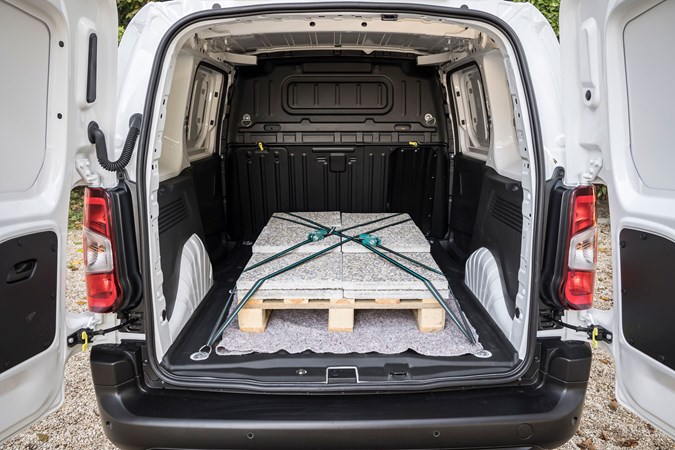
The simplest and most reliable way to check how much your van weighs is to use a weighbridge.
These tend to be private businesses and you pay to use them, but the cost is less than any fines and potential future ramifications so it is worth doing if you are going to be running the risk of maximising your payload.
The gross vehicle weight also dictates who can and can’t drive a particular vehicle. If you passed your driving test on or after 1 January 1997 then you are able to drive a vehicle with a gross vehicle weight of up to 3,500kg. As with so many things in this area though, that is not the full story.
In 2019 the government changed the rules so these drivers can drive an electric vehicle with GVW of 4,250kg, to allow for the extra weight of the batteries. This is unlikely to make any difference to the structural nature of a van, it will just be permitted to carry more legally.
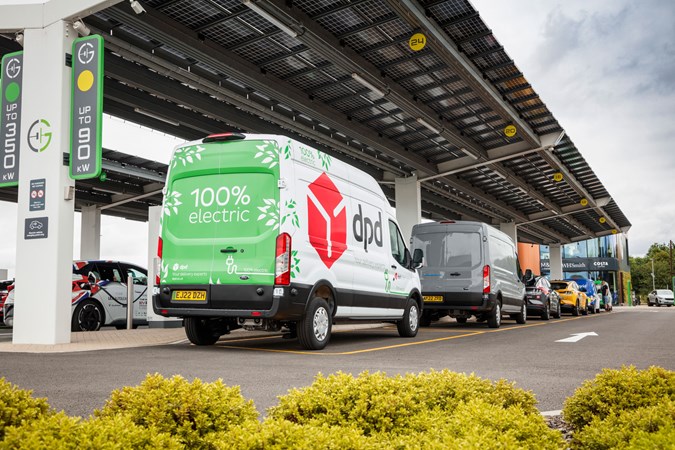
The caveat is that you have to undergo at least five hours of training to get a certificate to allow you to drive an electric van with the higher GVW. You can find an instructor on the LGV Instructors Register.
This doesn’t apply if you passed your test before 1 January 1997 as you can drive a vehicle with a GVW of up to 8,250kg, regardless of whether it is electric or otherwise.
Unladen weight / Kerb weight
The unladen weight should be self-explanatory – it is the weight of a vehicle without anything in it. There are different interpretations as to exactly what this includes though.
According to the UK government website, unladen weight doesn’t include any fuel or, in the case of electric vehicles, the batteries. This renders it fairly unhelpful as it doesn’t represent a vehicle that can actually drive anywhere.
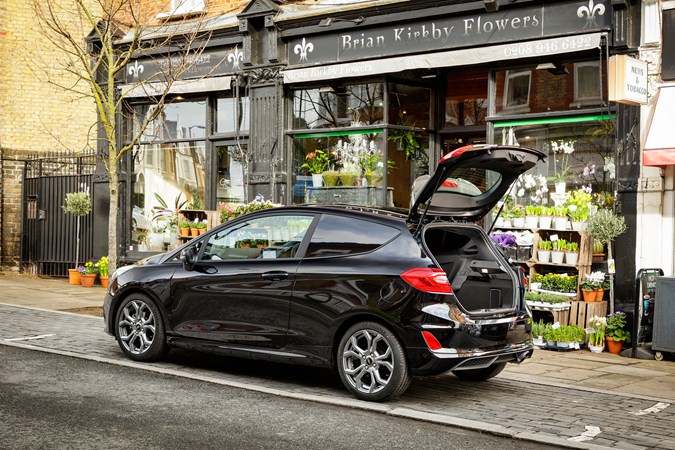
Kerb weight is the more helpful measurement as this also includes what you need to get the car moving as it includes the necessary fluids and some fuel. There is no standardised definition for this, though, and some manufacturers will include a nominal weight for a driver and others won’t. Volkswagen for example, allows 75kg (just under 12 stone) for a driver whereas others don’t include this at all.
When fuel is included then it tends to be that manufacturers will factor in a tank at 90% of capacity. Obviously how much this works out at depends on how big the actual tank is.
What is my van’s payload?
Payload is the most important statistic for many van buyers, and some will choose or discount a vehicle on the basis of how big, or not, this number is.
In simplest terms the payload is the weight that a commercial vehicle can legally carry. Carry more than this weight and you can risk falling foul of the law (see above).
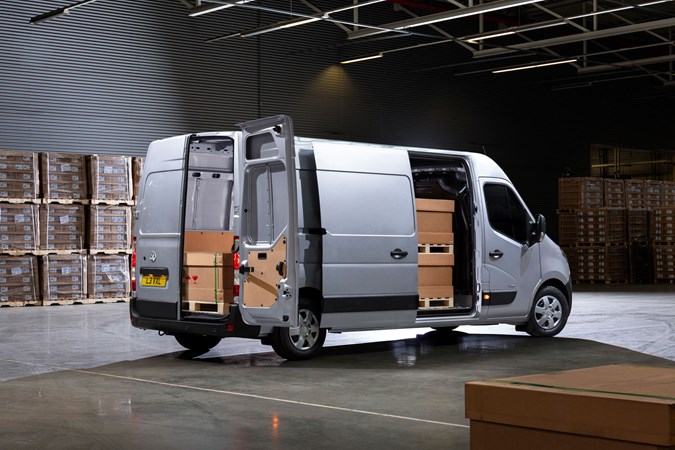
You can’t check van payload by reg plate details, not yet anyway, but payload information is relatively easily found. Manufacturers will list them in brochures, put them in the vehicle manual or put them on a sticker on the vehicle itself, normally on the lip inside the door.
Before you start filling up with cargo weighing the same as the maximum payload figure, though, it is worth bearing mind that this figure must cover more than just the contents of the loading bay. You can’t just put 1,000kg of stuff into a van with a 1,000kg payload for example.

This is because the payload has to cover in everything that goes into a vehicle. Sometimes a manufacturer will factor in a driver, but they typically only allocate 75kg (just under 12 stone) for this. If you have more than one passenger, or a larger driver, then their weight will reduce the amount of load you can carry.
You calculate a payload by subtracting the kerb weight from the gross vehicle weight – the remaining figure is how much you can carry.
The safest way to work out exactly how much you can carry is to weigh your vehicle with all the things in it apart from what you want to transport.
What does Gross train weight / GTW mean?
The Gross train weight (GTW) refers to the maximum that a vehicle and trailer combination is allowed to weigh. It is sometimes called the Gross combination weight (GCW) or the Gross train mass (GTM).
This figure can be up to 7,000kg, given the maximum permitted trailer weight in the UK. This would be possible on a vehicle with a GVW of 3,500kg and a maximum towing weight of 3,500kg. However, you may need to take a new driving test to be allowed to drive a vehicle and trailer combination this heavy.
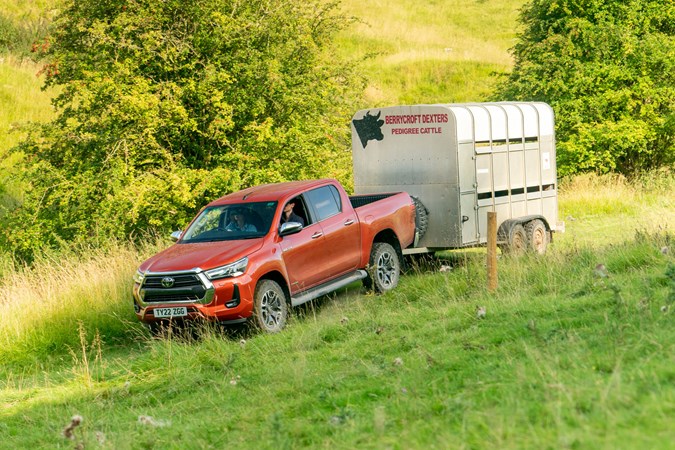
If you passed your test on or after 1 January 1997 then you can drive a vehicle weighing up to 3,500kg with a trailer weighing up to 750kg. You can tow a trailer weighing more than 750kg if the towing vehicle weighs less than 3,500kg – combined they must not weigh more than 3,500kg though.
If you passed before that then you can tow a vehicle and trailer combo weighing up to 8,250kg.
What does braked towing weight and unbraked towing weight mean?
The towing weight refers to the mass of trailer and load that a vehicle is permitted to tow.
Most vehicles will list a braked towing weight and an unbraked weight. You are generally allowed to tow something that weighs more if said trailer (or caravan, horsebox) has brakes fitted.
If it doesn’t have brakes then the most it can weigh is 750kg. For more information on this then take a look at our guide to towing, which has more on caravan towing weights and tow bar weight limits.
What is a van weight plate and where to find it
A van weight plate is also called a VIN plate and should hold pretty much all the information referred to on this page. It is normally a small metal plate that is attached to the van, somewhere on the lip inside the door – visible when the door is open. If it isn’t there it could also be located under the bonnet or be visible at the bottom of the windscreen.
It will contain four key bits of information – the gross vehicle weight, the gross train weight and the maximum axle loads for the front and rear.
Just so you know, we may receive a commission or other compensation from the links on this website - read why you should trust us.
















